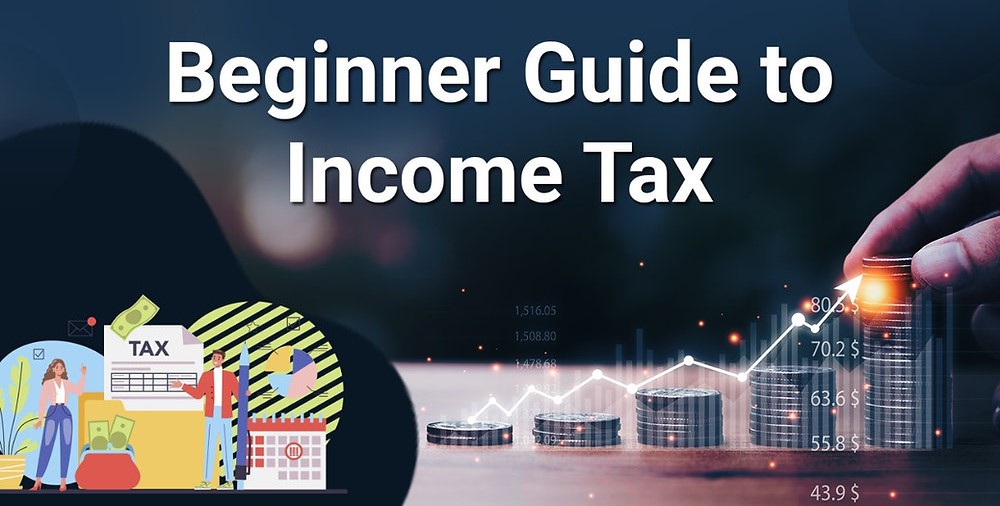Key guidance Advisory for MF Investors w.r.t. ITR Filing
Table of Contents
Key guidance for MF to ensure accurate ITR filings & avoid inflated capital gains reporting due to duplicate entries in the AIS:
What is the issue: duplicate mutual fund redemptions in AIS
What’s Happening in such a case: During this year’s ITR filing season, a peculiar issue has emerged in the AIS reporting of mutual fund transactions. Many taxpayers are noticing that the same mutual fund redemption/sale is being reported three times under SFT (Specified Financial Transactions) in their AIS.
Mutual Fund redemption/sale transactions are being reported multiple times in AIS. And NSDL, CAMS, and KFINTECH (all reporting entities) are independently reporting the same transaction. Which results in the triplication of a single MF sale in AIS under the Specified Financial Transactions section, inflating the capital gains figure.
Like Taxpayers using auto-imported AIS data into ITR filing utilities. & Tax professionals relying heavily on AIS for capital gain reporting without cross-verification. A CA firm must make the alert clients of this issue during MF redemption reporting. And all the document reconciliations as working papers in case of future inquiries. Moreover, educate CA junior staff or associates to review MF entries diligently this year.
Implications of Not Rectifying This : Impacted Filers are as below
- Overstated Capital Gains → Higher tax liability, i.e., it now appears as 3x the sale amount in the AIS, creating confusion and inflated capital gains.
- Mismatch with actual fund house statements, i.e., duplicate reporting by different RTAs (Registrar & Transfer Agents) or depositories due to overlapping data-sharing mechanisms.
- Potential IT scrutiny or notices due to misreporting
- Incorrect ITRs that may require future revisions
What is the next Recommended Course of Action for above problem
- Do Not Rely Solely on AIS for MF Sales Data: Taxpayer AIS is just an information source, not a tax computation tool.
- Cross-Check With Original Records: Taxpayer must reconcile AIS entries with:
- Fund house Consolidated Account Statement (CAS)
- Demat statements (NSDL/CDSL)
- Broker contract notes (if applicable)
- Form 26AS (for overall tax credit tracking)
- Identify & Remove Duplicates Manually: In case the same folio & transaction is reported multiple times, include only one. Then the taxpayer must maintain a working paper/documentation for justification. Taxpayer must cross-verify with actual mutual fund statements or broker reports.
- Use Caution With Auto-Prefill in Software: It is to be noted that many tax filing software/tools auto-pull AIS data, including duplications. And always review prefilled MF data before final submission.
- Report Accurate Capital Gains in Schedule CG of ITR: Taxpayer Use actual NAV, dates, and units sold from verified statements. And Use the Capital Gains Statement from the CAMS/KFIN or AMC website to support it.
In conclusion, Taxpayer can say that you should always reconcile mutual fund sales from Form 26AS + AIS + original fund house/demat statements. Do not blindly accept AIS entries, especially in case of mutual fund transactions.
BIG ITR UPDATE for A.Y. 2025–26

New Annexures Mandatory for Claiming Deductions (Especially under the Old Tax Regime) To enhance transparency, ensure proper documentation, and prevent bogus deduction claims, the Income Tax Department has introduced detailed annexures in the ITRs for AY 2025–26. deatils below Mandatory Annexures—Section-wise Summary mentioned here under :
Section 24(b) – Interest on Borrowed Capital (Home Loan): taxpayer must disclose:
-
Source of Loan (Bank / Others)
-
Name of Lender
-
Loan Account Number
-
Sanction Date
-
Total Loan Amount
-
Outstanding as on 31st March
-
Interest eligible for deduction
Section 80C – Life Insurance, PPF, ELSS, etc.
-
Policy Number or Document ID mandatory for each investment
Sections 80CCC, 80CCD(1), 80CCD(1B) – NPS / Pension Deductions
-
Must provide PRAN Number
Section 80D – Medical Insurance Premium
-
Name of Insurance Company
-
Policy Number
Section 80DD – Dependent with Disability
-
Details of the disabled dependent (Exact format may vary — typically name, relation, disability certificate details)
Section 80DDB – Specified Disease Expenditure
-
Disease must be selected from drop-down list
-
Prescribed certificate from specialist required (as per Form 10-I)
Section 80E – Interest on Education Loan
-
Source of Loan (Bank / Financial Institution)
-
Name of Lender
-
Loan Account Number
-
Sanction Date
-
Loan Amount
-
Outstanding on 31st March
-
Interest Paid
Section 80EE / 80EEA – Home Loan for First-Time Buyers / Affordable Housing
-
Same loan details as above
-
Interest claimed under respective sections
Section 80EEB – Interest on Loan for Electric Vehicle (EV)
-
Loan and interest details same as above
-
Applicable only if loan is for purchase of an electric vehicle
Section 80U – Deduction for Person with Disability (Self)
-
Personal details
-
Disability certificate details (May include % of disability, nature, and certifying authority)
Why This Matters
The taxpayer must ensure genuine deduction claims and reduce the scope for incorrect or inflated claims. The taxpayer may be matched with AIS/lender/insurer databases and prevent future scrutiny or notices for unsubstantiated claims. it is Actionable Advice for Taxpayers & Professionals
- Start collecting documents NOW (Loan statements, insurance policies, PRAN, disability certificates, etc.)
- Avoid last-minute rush by keeping loan sanction letters and account details ready
- If using ITR utilities with prefill, verify annexure fields and cross-check entries with source documents
- Don’t rely only on Form 26AS or AIS for deduction eligibility—they don’t always capture full details
**********************************************************
If this article has helped you in any way, i would appreciate if you could share/like it or leave a comment. Thank you for visiting my blog.
Legal Disclaimer:
The information / articles & any relies to the comments on this blog are provided purely for informational and educational purposes only & are purely based on my understanding / knowledge. They do noy constitute legal advice or legal opinions. The information / articles and any replies to the comments are intended but not promised or guaranteed to be current, complete, or up-to-date and should in no way be taken as a legal advice or an indication of future results. Therefore, i can not take any responsibility for the results or consequences of any attempt to use or adopt any of the information presented on this blog. You are advised not to act or rely on any information / articles contained without first seeking the advice of a practicing professional.

